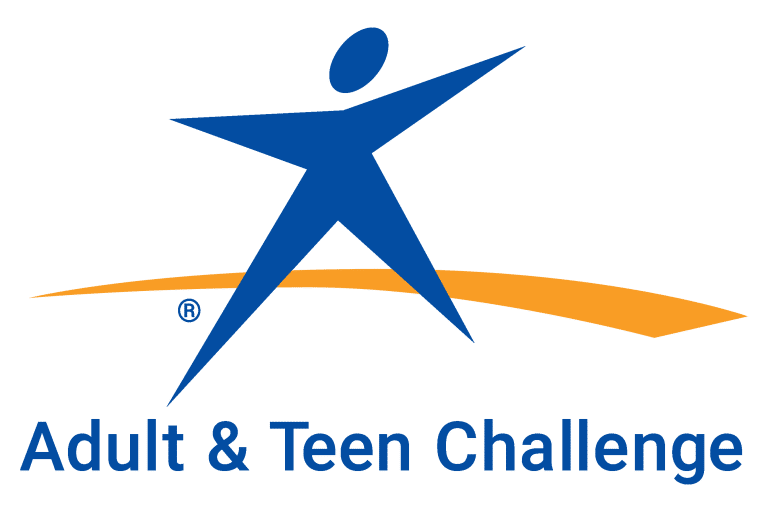Tools for Effectively Engaging Your Students with Training that Sticks
- Primacy:
- Research shows that people remember what they learn first – the first point, the first piece of information. One way to tap into this ability (the ability to remember the “first thing” more easily) is to share the goals of the class or message at the very beginning; make it clear what your students will be able to do, know, or understand when the session is over. This will also help students mentally settle into the session and the topic, so they’re prepared to retain information.
- Visual:
- Sixty percent of people prefer to receive information visually, so add pictures, graphs and cartoons to your presentation to illustrate your point. Steer clear of text-filled slides and use bullet points sparingly. Visuals help store information in long-term memory, so be careful to choose images that link strongly to your point.
- Sound:
- Music has a powerful impact on the brain — it can increase focus, reduce stress and set the feel of the environment — so consider adding it to your PSNL classroom sessions. Experts say that to best prepare the brain for learning, play instrumental music in a major key with 60-80 beats per minute (the same as an at-rest heartbeat). Ok I’ll have to just say it – classical music or possibly instrumental worship music. Music with lyrics will be more distracting. A song or music video that illustrates the main point of your group class can also be very beneficial to memory. Or consider allowing students to write their own songs to illustrate and communicate the main points of a lesson. This can work for GSNL or PSNL.
- Movement:
- It’s hard to sit still for long periods of time. To keep your students engaged when they’re getting antsy, use games and quizzes to provide fun interaction. Ask basic questions that only require short answers to quicken the pace when you feel like your students need a pick-me-up.
- Emotion:
- Emotion has a direct relationship to motivation. Learning is strengthened when a student enjoys and feels comfortable in the classroom. Learning is weakened when associated with negative feelings. The demeanor, character, behavior, and attitude of the teacher will create an environment that greatly influences the student’s motivation to learn. Stories are one way to enhance your learning content by peaking the students interest and participation by engaging the their imagination and emotions. People connect with stories better than they can connect with learning content alone. Emotional connections help learners stay engaged and retain information.
- Humor:
- We need to emphasize this emotion to engage because it is so powerful. Laughter is the best and quickest path to long-term memories. If you can get your students to laugh, you’ll grab their attention and help to commit the material to memory. Consider adding relevant jokes, quotes, cartoons or videos to introduce or explain your point.
- Context:
- With each point you make in your presentation, explain how learners can use the information and how doing so will benefit them. Think about answering the question “Why am I learning this?” When you make it about your students by providing context, you keep them engaged and help them retain the information.
- Community:
- It’s no secret that as humans we long to belong. If you can create a sense of community with your students they will feel more comfortable with and connected to the material. Ask questions that show common interests, hobbies, likes or dislikes. Assign projects or activities, both big and small) that they must do as a group. As a group have them create a one or two sentence statement that summarizes the lesson.
- Interaction:
- Lecturing is boring, but learning doesn’t have to be. Let your students explore the topic and discover the material by interacting with games, stories, projects, and other activities. Doing so will engage the hearts and minds of the students.
- Recency:
- People remember what they learned last, so make sure to review the key points at the end of the session. The more interactive your review is, the better it will seal the material into long-term memory — so play a game or ask questions at the review the presented material.
Be creative with each of these areas. The ideas suggested under each category are only there to whet your creative juices. When writing new lesson plans or revising old ones consider adding these elements to help keep the discipleship training active and interesting and help your students retain what they really need to know.
Look over the list and select one area to improve in. Set a specific goal for improvement in the next week and then move on to others in the coming weeks.
*with apologies to GoToTraining.com, adapted from their white paper entitled “The Top 10 Ways to Keep Online Learners Engaged”



